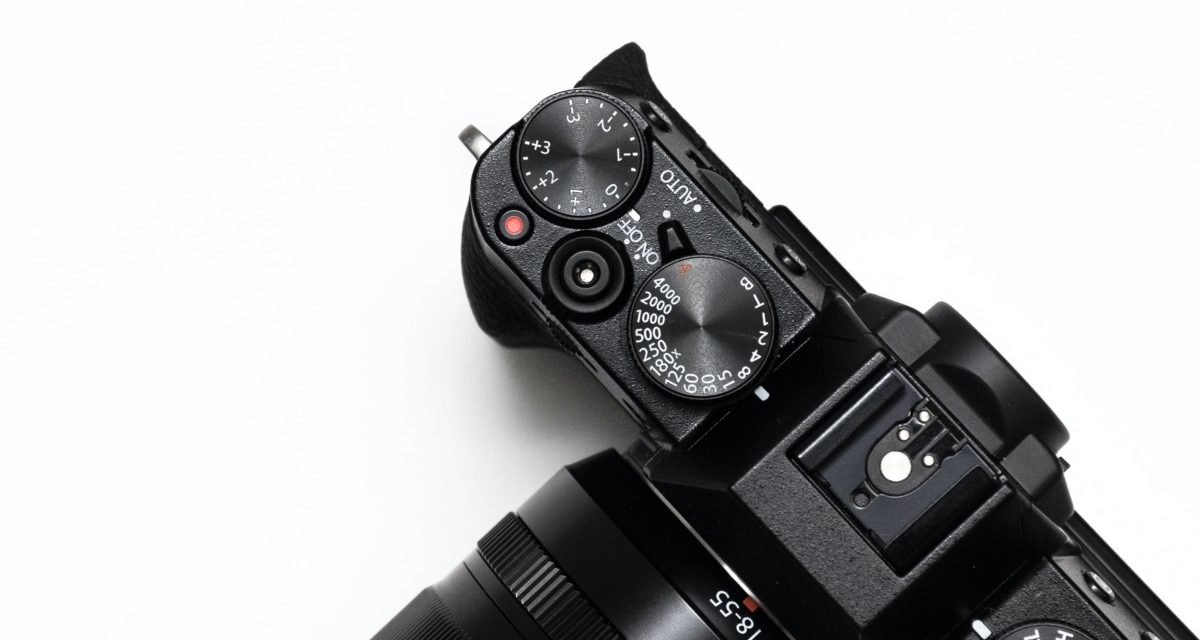[ad_1]
With the recently announced Canon Digital Rebel T1i becoming available in April 2009, many prospective Digital SLR buyers are finding it difficult to decide between the Rebel T1i and the Rebel XSi cameras. The T1i definitely packs more punch, but it comes at a price, so the question is: “Is it worth it?”.
Before we highlight the primary differences, let's have a quick look at the similarities. Both cameras have exactly the same dimensions and both have a 3 inch LCD screen. Canon's 9 point Autofocus system and 35 Zone Evaluative Metering system also remains unchanged.
The very useful EOS Integrated Cleaning system and Dust Delete Data Detection has also been implemented in both cameras. Highlight Tone Priority Mode is available in both cameras, but implemented slightly differently on the T1i – it has in essence remained the same however. Both cameras are sold with the same kit lens, the Canon EF-S 18-55mm F/3.5-5.6 IS and as usual, both cameras are fully compatible with the Canon EF and EF-S range lenses.
The most obvious difference between the XSi and the T1i is the APS-C CMOS Sensor that has been upgraded from 12.2 Megapixels in the XSi to 15.1 Megapixels in the T1i. Personally I'm not a Megapixel chaser and it's not a deciding factor for me, but that is unfortunately what the camera buying public is aware of and it sells. The T1i boasts with the relatively new DIGIC 4 processor which is far quicker than it's predecessor the DIGIC III which is found in the XSi. This processor unlocks what is probably the most exciting feature of the T1i – Full HD video recording. This single feature improves the versatility of the T1i over the XSi by a wide margin and very soon we will see high quality videos of babies and kids birthday parties all over the internet. Although not a replacement for a proper video camera yet, this feature at least reduces the number of occasions when both a SLR and video camera has to be lugged around.
Another advantage of the DIGIC 4 processor is the T1i's ability to shoot up to 170 large JPEGS continuously, compared to the 53 of the XSi. Sports photographers or parents shooting their children's football game will definitely appreciate this feature.
Although the LCD screens are the same size, the 920 000 pixel resolution on the screen of the T1i is significantly better than the 230 000 pixel resolution of the XSi LCD screen. This improves menu legibility in less than ideal conditions and improves the image display and live view accordingly. This is very useful for photographers who are sometimes disappointed by slightly out of focus images in post processing.
The ISO range on the XSi has been increased from 100-1600 to 100-3200, expandable to 12800. This feature, together with the improved noise reduction on the T1i unlocks shooting possibilities for the photographer that would have been lost with the XSi. Together, these features enable the photographer to shoot under darker conditions than before.
The T1i sells for approximately $799 (body only) or $899 (with kit lens), compared to $580 and $699 for the XSi. Are the new features of the T1i worth the additional $200? Looking at each of the improvements separately, I cannot say that there is a single feature that justifies the additional spend, BUT all the features together collaborates to present the consumer market with a very well-balanced entry level DSLR that is versatile and easy to use, but at the same time has all the features necessary to provide the user with a wide variety of creative options. If I had to buy my first DSLR right now, I'd probably go for the T1i.
[ad_2]
Source by Jaco Muller

